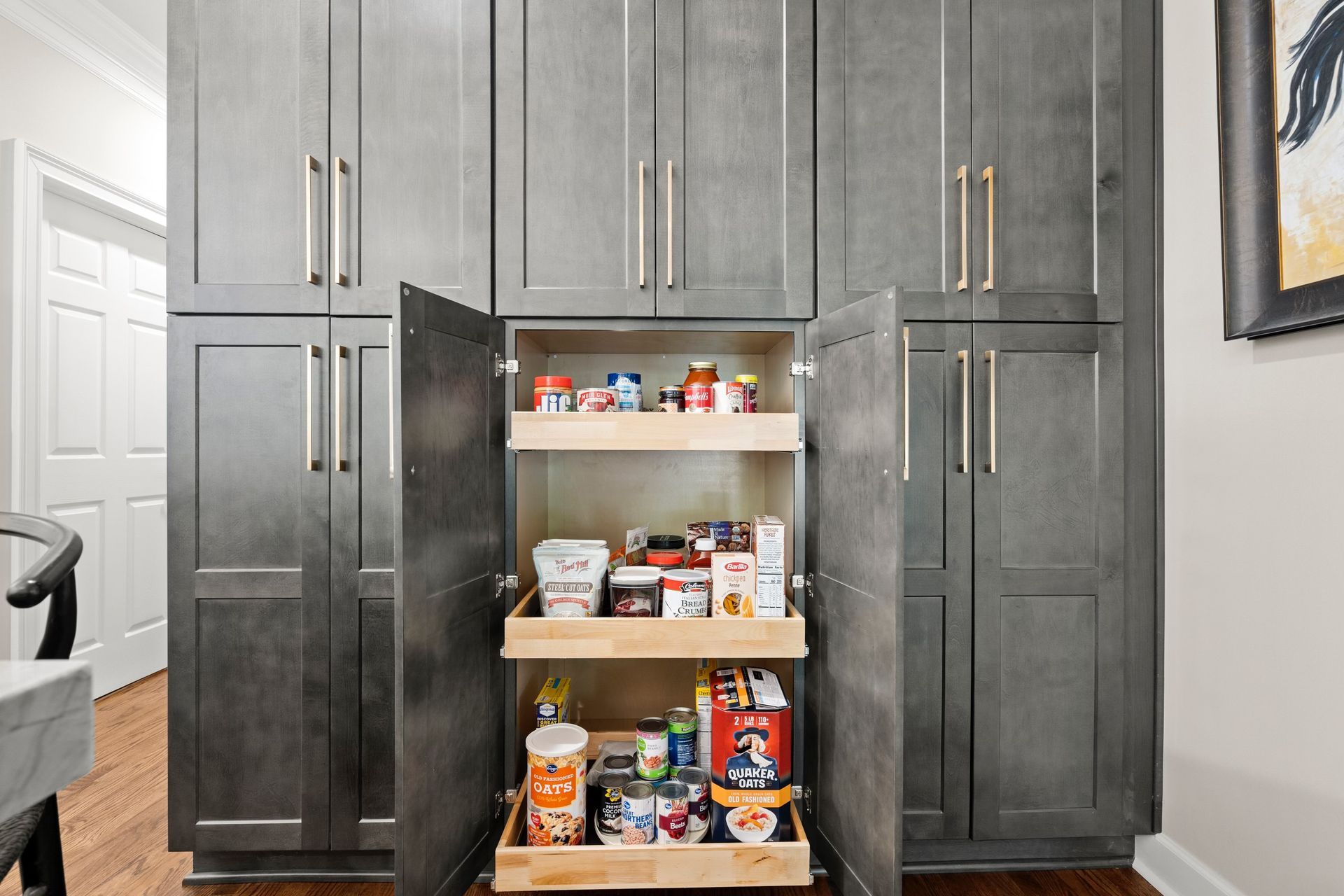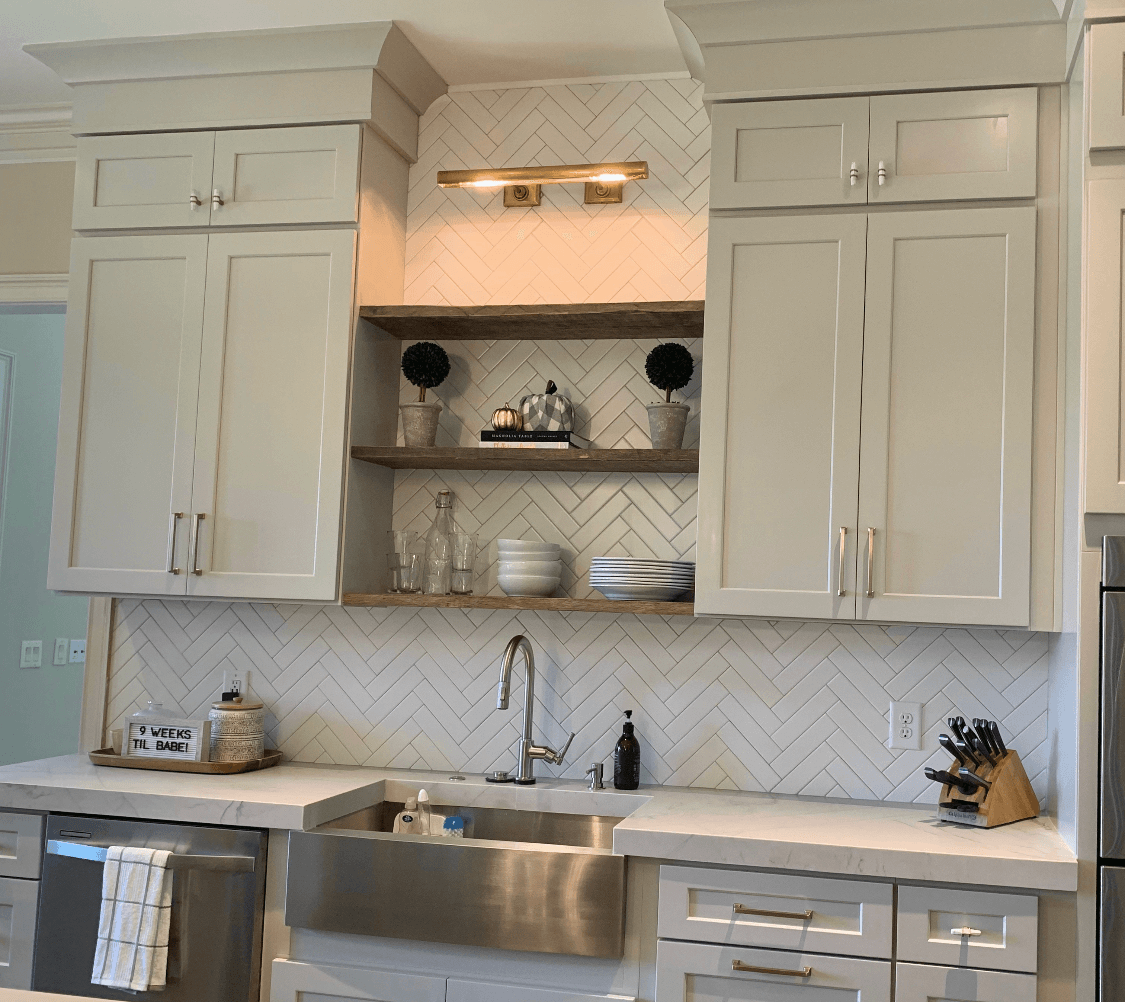Quartz vs. Quartzite: What’s the Difference?
If you are in the throes of a kitchen-remodeling project, the words quartz and quartzite are probably popping up all over the place. They have recently gained a ton of popularity, especially on social media sites, for use in countertops, tiles, and backsplashes. But, are they the same thing?
The short answer is no.
Unfortunately, many people are using the two names interchangeably, which creates misunderstanding. Let’s look at the differences – and why it’s important to know.
Quartzite – It’s a Natural
Quartzite is an incredibly hard and naturally-formed stone. It is “metamorphic’ – meaning that it is created deep within the earth’s core when heat and pressure meet sandstone. When the sandstone gets hot and melds with quartz crystals, the result is the naturally beautiful and extremely durable quartzite.
Quartzite often contains some unusual markings and designs that look stunning when transformed into polished pieces for use in the home. Typically, it comes in shades of grey and white, which are quite popular in modern kitchens.
Quartzite is resistant to both heat and scarring. However, like other natural stones such as granite and marble, it can stain and should be sealed annually to protect and maintain the surface.
Quartz – A Manmade Material
Quartz is predominantly (about 95%) natural quartz crystals mined from the earth. However, those crystals combine with resins and sometimes colors to create a substance that is durable and beautiful but is not 100% natural.
In addition to the wider variety of colors and patterns available in quartz, it is also much less likely to stain, as it is not a naturally porous material. When you use quartz in a kitchen, for instance, there is no need to seal the surface annually to protect it.
It’s important to note that Quartz is susceptible to etching. Certain foods such as tomatoes, citrus fruits (and juices), and vinegar contain acids. The natural acids in food may interact with the resins in the quartz and cause spots or markings on the surface. You should never cut directly on the quartz surface, and be sure to wipe up any acidic spills immediately.
Also, due to the polymer resins in the manufacturing process, quartz cannot withstand the same heat as quartzite. Under significant heat, those resins may soften, leaving a mark or indentation.
While both Quartzite and Quartz tend to weigh about the same, Quartz is somewhat cheaper in price. This is because mining quartz crystals and manufacturing the product is less expensive than mining entire slabs of quartzite.
Still Need Help with Quartz vs. Quartzite? Let Renew Help
As a consumer, it’s always a good idea to do your homework. There are benefits and drawbacks to both quartzite and quartz. As you compare quartz versus quartzite for your kitchen, our team at Renew is here to help you in your decision-making process. Connect with us online now or stop by our Alpharetta showroom, where our kitchen experts will answer all your questions about design and surface options.
The post Quartz vs. Quartzite: What’s the Difference? appeared first on Renew Designs.











